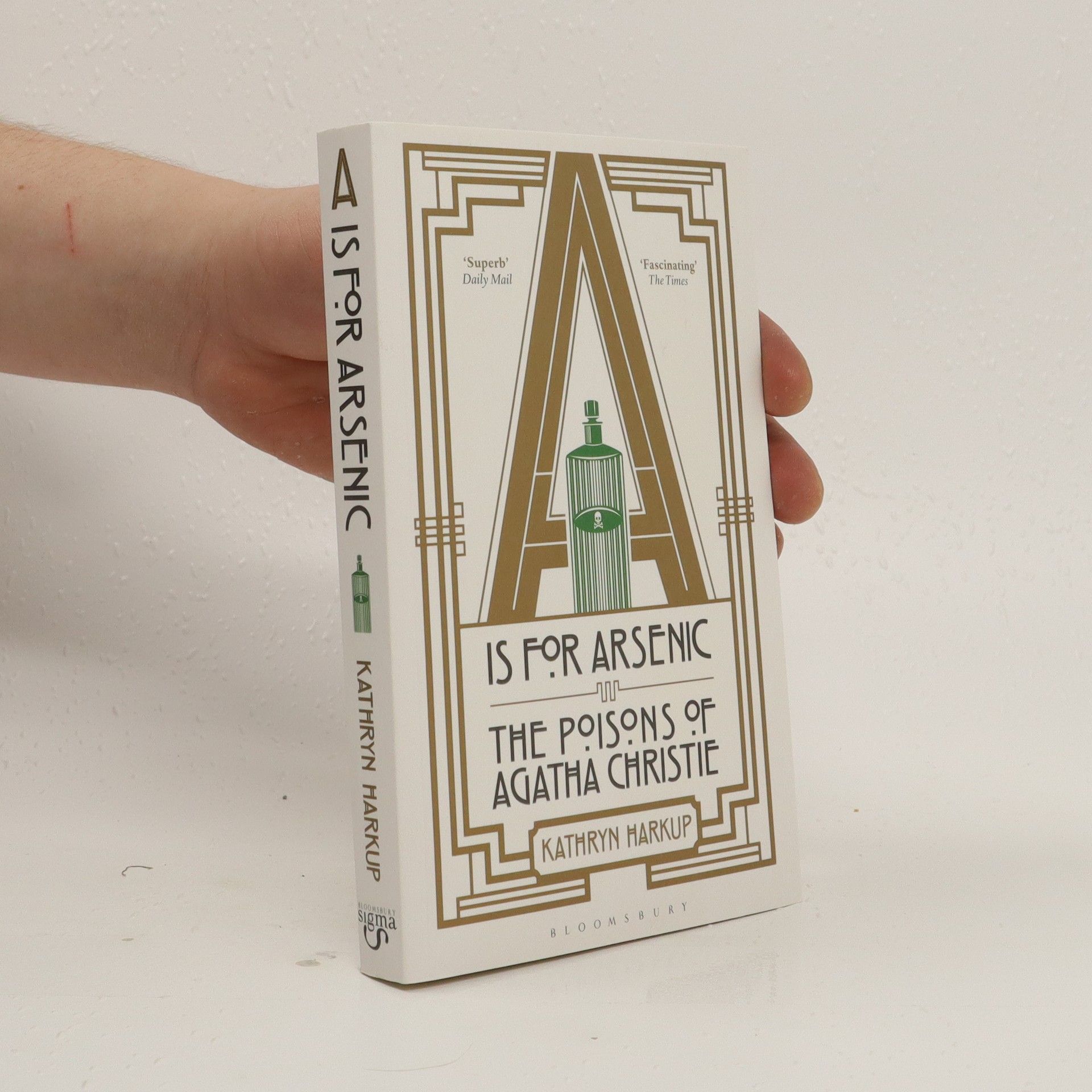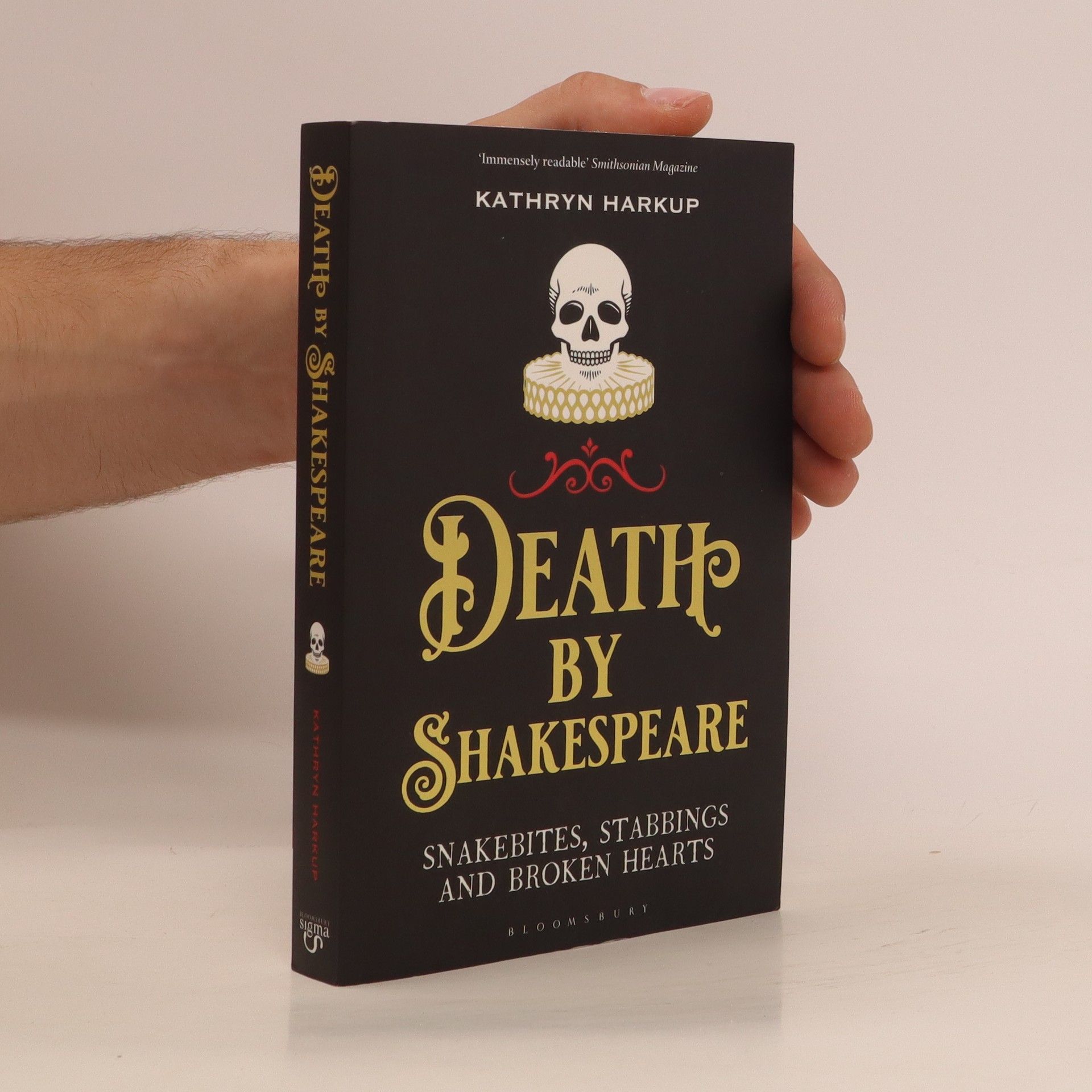Kathryn Harkup Bücher
Kathryn Harkup, Wissenschaftlerin und Autorin, erkannte nach ihrer Promotion und Postdoc-Zeit, dass sie die Wissenschaft lieber vermittelt, darüber schreibt und sie demonstriert, als Stunden im Labor zu verbringen. Sie wandte sich der Wissenschaftskommunikation zu und konzentriert sich darauf, die skurrilen Seiten der Wissenschaft einem breiten Publikum, insbesondere jungen Menschen, zugänglich und ansprechend zu präsentieren. Ihr Ansatz betont die unterhaltsame und zugängliche Seite wissenschaftlicher Entdeckungen. Harkup zielt darauf ab, Neugier zu wecken und faszinierende, oft übersehene Elemente der wissenschaftlichen Welt hervorzuheben.






The Secret Lives of the Elements
- 224 Seiten
- 8 Lesestunden
' The perfect book to escape our human-sized existence and take a tour of the atomic world instead.' Helen Arney, science comedian and broadcaster When we think of the periodic table we picture orderly rows of elements that conform to type and never break the rules. In this book Kathryn Harkup reveals that there are personalities, passions, quirks and historical oddities behind those ordered rows, and shows us that the periodic table is a sprawling family tree with its own black sheep, wayward cousins and odd uncles. The elements in the periodic table, like us, are an extended family - some old, some newborn, some shy and reticent, some exuberant or unreliable. Dr Harkup tells the weird and wonderful stories of just fifty two members of this family - remarkable tales of discovery, inspiration and revolution, from the everyday to the extraordinary. Some elements are relatively anonymous; others, already familiar, are seen in a new light; and old friends have surprising secrets to share. From our green-fingered friend magnesium to the devil incarnate polonium, this eclectic collection of engaging and informative stories will change the way you see the periodic table for ever.
Death by Shakespeare: Snakebites, Stabbings and Broken Hearts
- 368 Seiten
- 13 Lesestunden
An in-depth look at the science behind the creative methods Shakespeare used to kill off his characters
Investigates the poisons Christie employs in fourteen of her mysteries, discussing why the poisons kill, how they interact, obtainability of such poisons, and which cases may have inspired Christie's stories.
Death By Shakespeare
- 368 Seiten
- 13 Lesestunden
An in-depth look at the science behind the creative methods Shakespeare used to kill off his characters.
The adventures of James Bond have thrilled readers since Ian Fleming's novel Casino Royale was published in 1953, and when the movie of Dr No was released in 1962, Bond quickly became the world's favourite secret agent. Science and technology have always been central to the plots that make up the world of Bond, and in Superspy Science Kathryn Harkup explores the full range of 007's exploits and the arms, technologies, tactics and downfalls of his various foes. From the practicalities of building a volcano-based lair, to whether being covered in gold paint really will kill you, and – if your plan is to take over the world – whether it is better to use bacteria, bombs, or poison – this book has all the answers and more. Could our favourite Bond villains actually achieve world domination? Were the huge variety of weapons and technology in Bond's arsenal from both the films and books ever actually developed in real life? And would 007 actually escape all those close shaves intact? From the plots to the gadgets to the ludicrous ways that his life is threatened, Superspy Science takes an in-depth look at the scientific world of James Bond.
Vampirology charts the murky waters of the vampire myth - from stories found in many cultures across the globe to our sympathetic pop-culture renditions today - to investigate how a scientific interpretation may shed light on the fears and phenomena of the vampire myth.
An illustrated introduction to 52 of the most vital, fatal, unusual and alarming molecules that make up the world around us.
Jak powstawał słynny potwór Frankensteina? Na przełomie XVIII i XIX wieku dokonał się wielki postęp w zakresie zrozumienia elektryczności i fizjologii. Wyobraźnię ludzi rozpalały sensacyjne demonstracje naukowe, w tym otwarte dla publiczności sekcje zwłok, a łamy gazet były pełne doniesień o porywaczach ciał zwanych wskrzesicielami. W tej atmosferze podziwu dla osiągnięć nauki i strachu przed jej zbyt szybkim rozwojem narodził się pomysł na jedną z najsłynniejszych postaci z fantastyki naukowej – Victora Frankensteina. Przepis na potwora to pasjonujące sprawozdanie z badań dziewiętnastowiecznych naukowców, stanowiących inspirację dla Mary Shelley. Kathryn Harkup skrupulatnie przygląda się ówczesnym teoriom naukowym, rozwojowi chemii, fizjologii, elektryczności. Zagląda w mroczne zaułki medycyny, tworzy niesamowitą miksturę nauki i historii oraz pokazuje, że nowoczesne dokonania (defibrylatory, transfuzja krwi, transplantacja organów) są w dużej mierze następstwem tych właśnie makabrycznych eksperymentów. Przepis na potwora przemieni zwykły wieczór z książką w przerażające spotkanie z najmroczniejszym okresem w dziejach nauki. A czy potworem jest monstrum złożone z części ciał innych ludzi czy bezwzględni, wiktoriańscy naukowcy? O tym niech zdecyduje sam czytelnik.